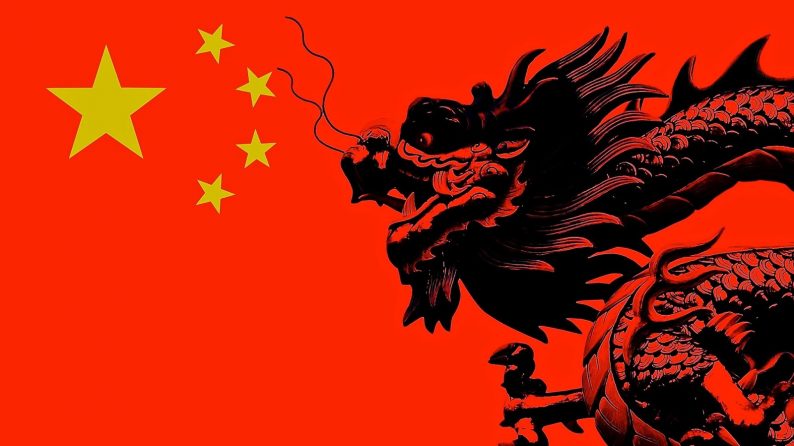While the pundits are talking trade wars, Chinese officials are taking the latest US provocations in stride. Pressure on China’s trade practices are not new. The US has been complaining about intellectual property violations since Bill Clinton was President. China’s trade practices have also raised the ire or US and Europe, which has resulted in tens of dozens of anti-dumping action.
China’s emergence on the world stage was always going to be disruptive. Even if it played by the rules, its sheer scale is daunting. By threatening the economic equivalent of “mutually assured destruction”, the Trump Administration will likely win Chinese concessions. It seems that many of the concessions, like a better defense of intellectual property rights and a reduction of tariffs, are low hanging fruit, and actions Chinese officials were likely willing to make given their own domestic agenda.

Chinese officials, like other foreign officials are trying to understand the Trump Administration as it represents a break from the past, and, America’s commitment to the multilateral trading system. Many of the Administration’s trade officials got formative experience trying to open Japanese markets in the 1980s. So-called voluntary export restrictions and orderly market agreements (quotas) were used and to some extent were effective.
Today, China launched an oil futures contract denominated in yuan. It is far too early to evaluate it. There are many obstacles for it to overcome, including inertia. However, even if it eventually is only used by China’s large oil companies (PetroChina, Sinopec, and CNOOC) to hedge, it may have a critical mass that eluded Japan and Singapore’s attempt to have a benchmark in Asia. Yet ideas that the contract would end the so-called petro-dollar (since a deal in the 1970s, OPEC has agreed to price oil in dollars) seems far-fetched.
At the end of last week, it was announced that Bloomberg Barclay’s Global Aggregate Bond Index will include Chinese government bonds and bonds of some of the policy banks. The inclusion will be phased in starting next April (2019). When the process is completed (it will take nearly two years), some 386 Chinese securities will be included. Chinese bonds will have nearly a 5.5% weighting in the index, putting it into fourth place behind the US, Europe, and Japanese issues.














Leave A Comment